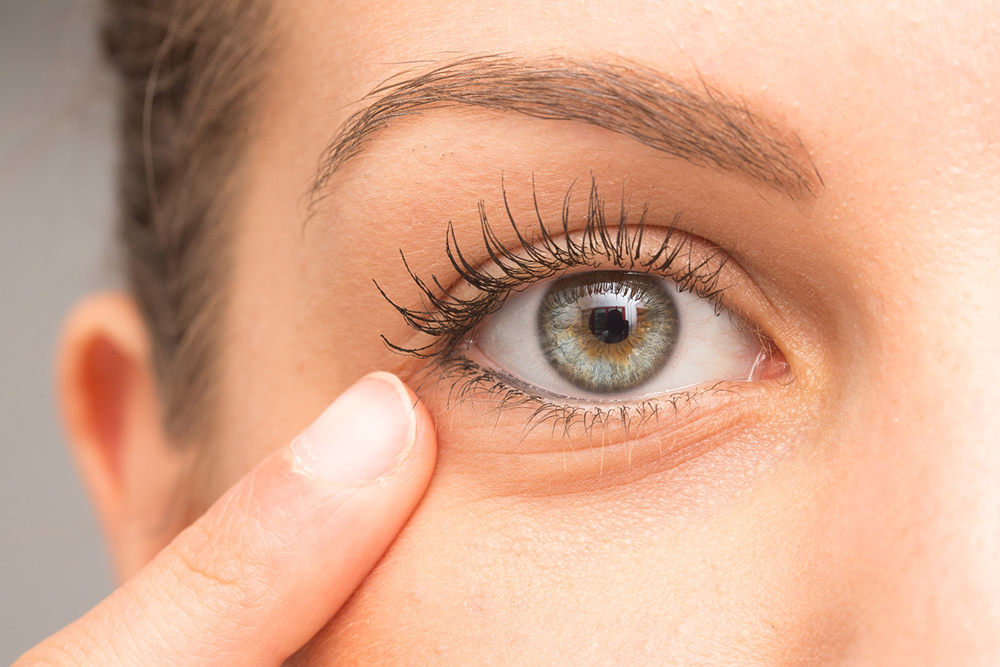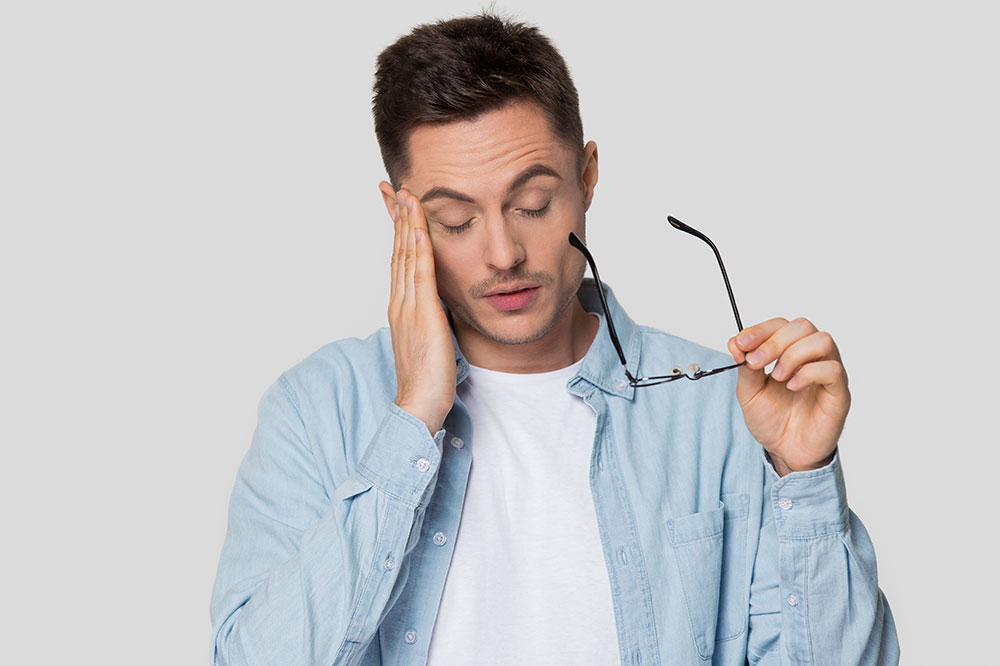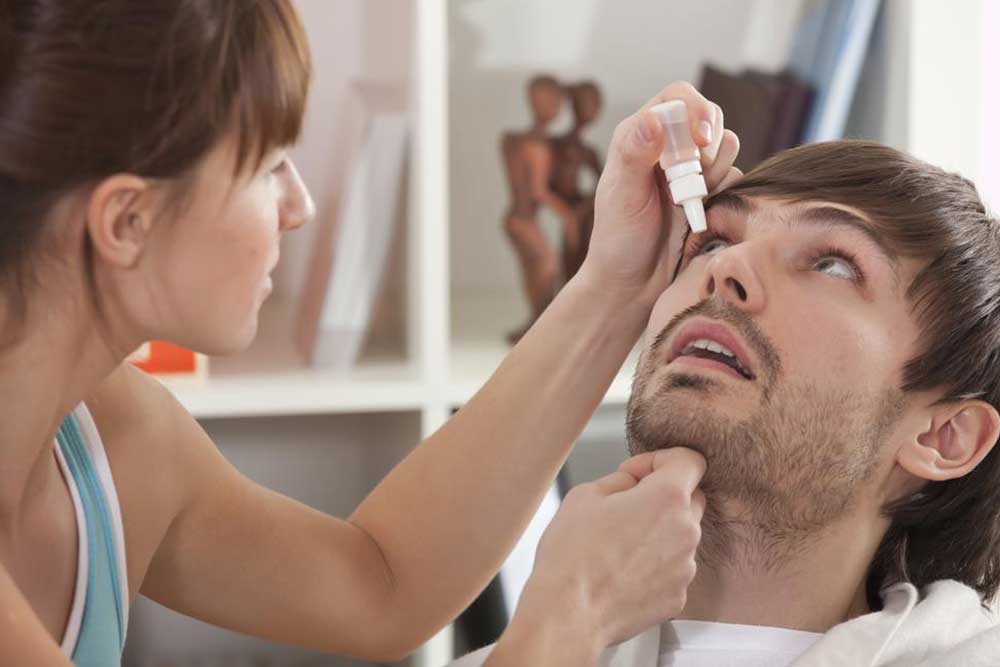Comprehensive Guide to Eyelid Twitching: Causes, Types, and Remedies
This article offers a comprehensive overview of eyelid twitching, covering its causes, different types, and effective remedies. It emphasizes understanding the underlying triggers, such as fatigue, stress, and eye strain, and suggests practical self-care tips like proper sleep, hydration, and stress management. The guide also highlights when to seek medical consultation for persistent or severe spasms, ensuring readers are well-informed about maintaining healthy eyes and addressing potential underlying health issues.

Eyelid twitching, characterized by involuntary muscle spasms of the eyelids, is a common but often benign occurrence. It can be triggered by factors such as fatigue, stress, or eye strain. Most twitches resolve naturally, but persistent spasms might indicate underlying health issues requiring medical attention.
Types of eyelid spasms
Understanding the specific type helps determine the appropriate treatment. These are categorized based on frequency, severity, and cause.
Myokymia
This brief, irregular twitch usually affects the lower eyelid. It is harmless, often linked to temporary triggers like fatigue or stress, and typically subsides with rest. Persistent cases should be checked by a healthcare professional.
Benign Essential Blepharospasm
This involves prolonged involuntary eyelid contractions, mostly in individuals aged 50-70. It’s a neurological condition that can worsen, causing visual disturbances and sensitivity to light.
Hemifacial Spasm
When twitching affects one eye only, it’s classified as hemifacial spasm. It results from blood vessels irritating facial nerves, leading to episodic spasms and involuntary facial movements.
Common triggers of eye twitching
Causes range from minor irritation to serious neurological conditions. Typical factors include:
Lack of sleep or fatigue
Chronic stress
Excessive physical exertion
High caffeine intake
Additional contributors involve:
Eye strain or irritation
Corneal abrasions
Dry eyes
Environmental factors like wind and bright lights
Neurological disorders such as multiple sclerosis
Light sensitivity
Inflammation of the eye (uveitis)
Blepharitis
Conjunctivitis
Migraine episodes
Effective remedies for eye twitching
Resting your eyes and reducing strain can often alleviate spasms. When persistent, seeking professional eye care is advised. In addition, self-care measures can be highly effective:
Prioritize adequate sleep
Aim for 7-8 hours nightly. Maintain a consistent sleep routine, avoiding heavy meals and caffeine before bed to enhance sleep quality.
Reduce screen exposure
Overuse of digital screens causes eye strain. Employ the 20-20-20 rule: every 20 minutes, look at an object 20 feet away for 20 seconds.
Use warm compresses
Apply a clean, warm cloth over closed eyelids to relax muscles and soothe spasms. Repeat several times daily for relief.
Manage stress
Practice relaxation techniques like mindfulness or breathing exercises to lower stress levels, reducing eyelid spasms.
Stay hydrated
Adequate water intake and electrolyte-rich drinks help prevent dehydration-related twitching.
Note: The content is for educational purposes and does not substitute professional medical advice. Consult healthcare professionals for accurate diagnosis and treatment.


